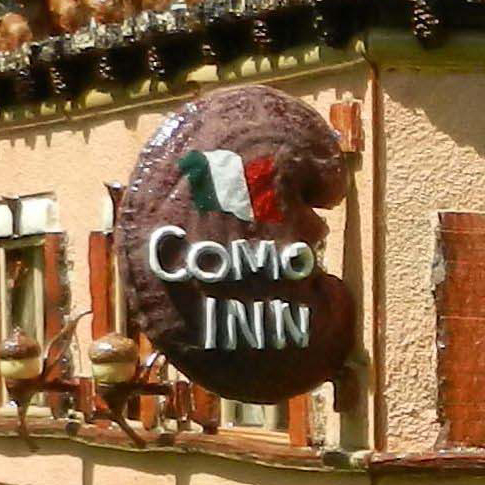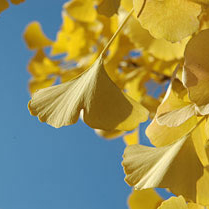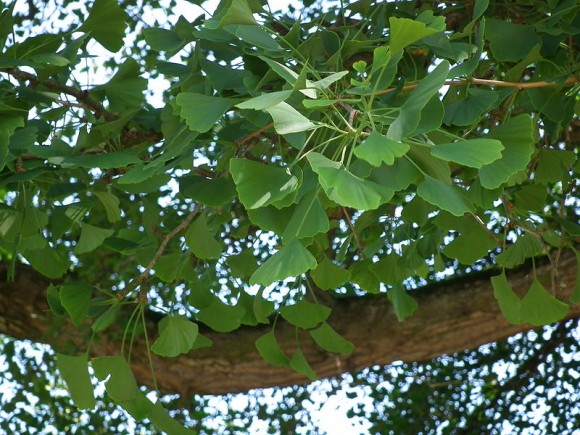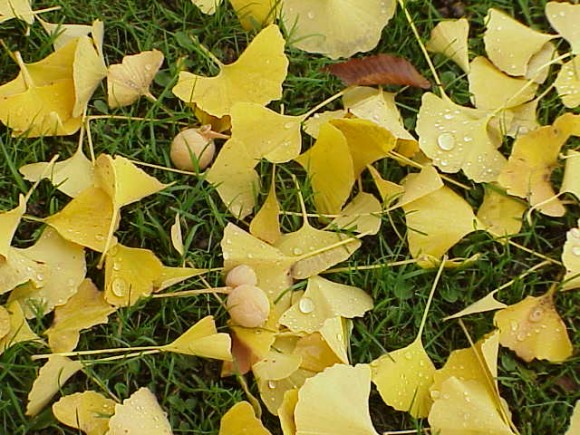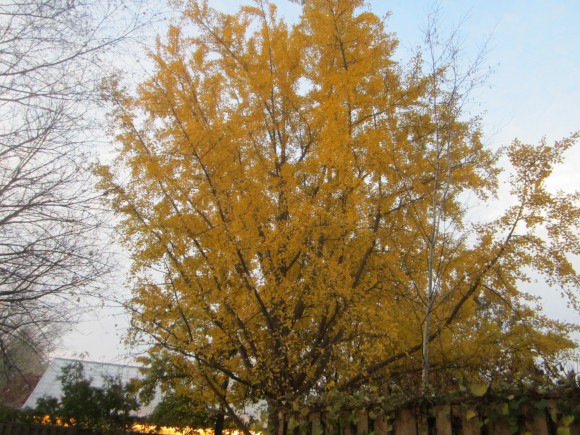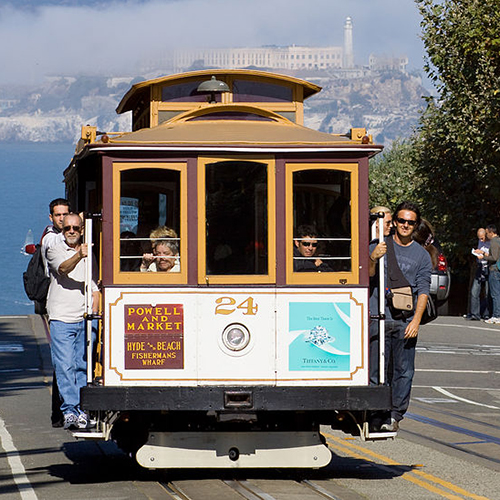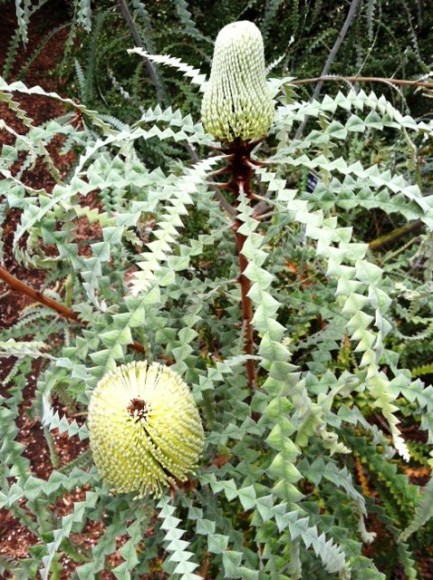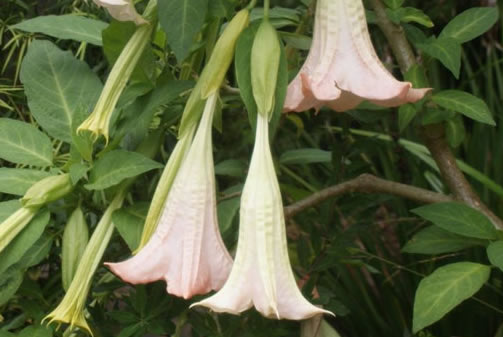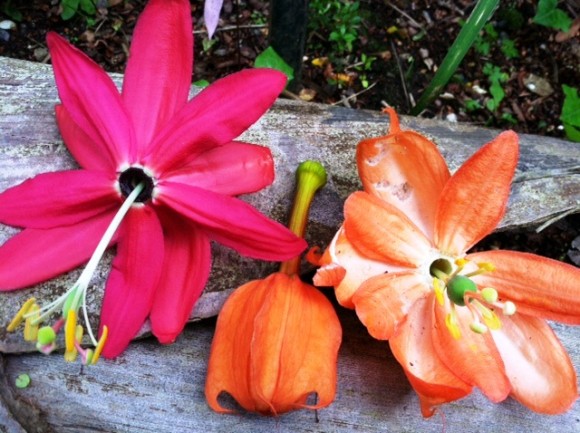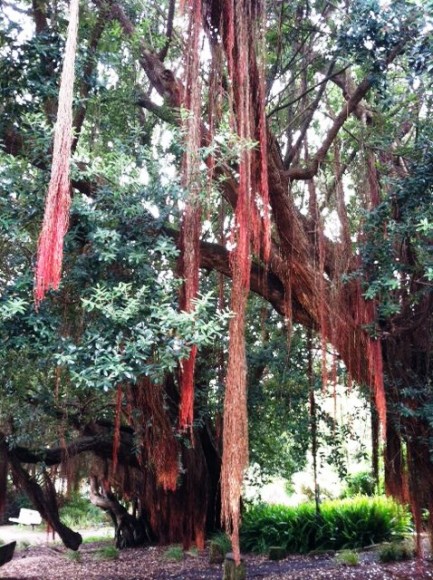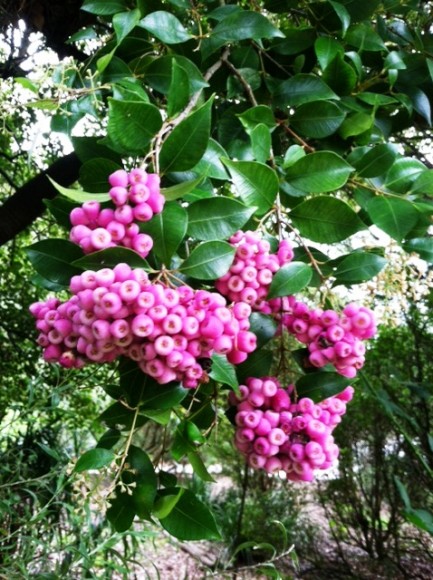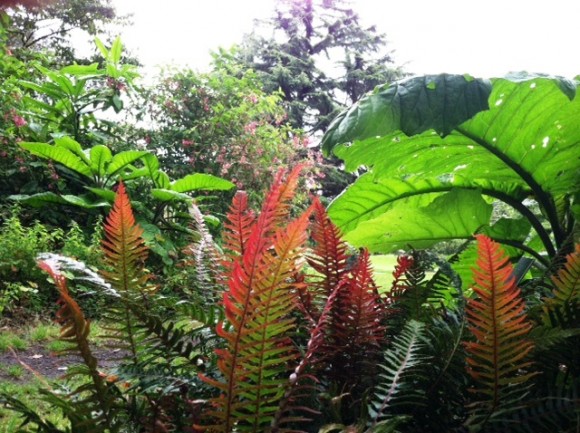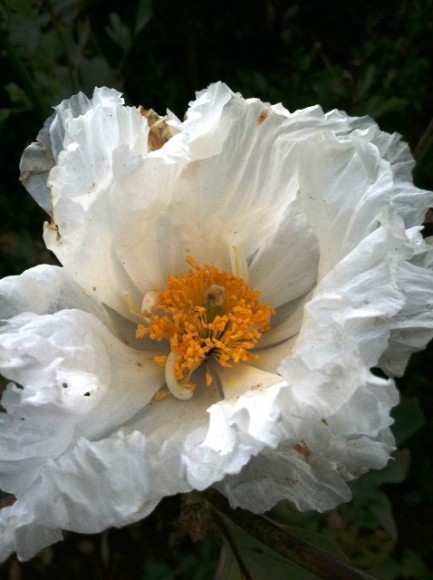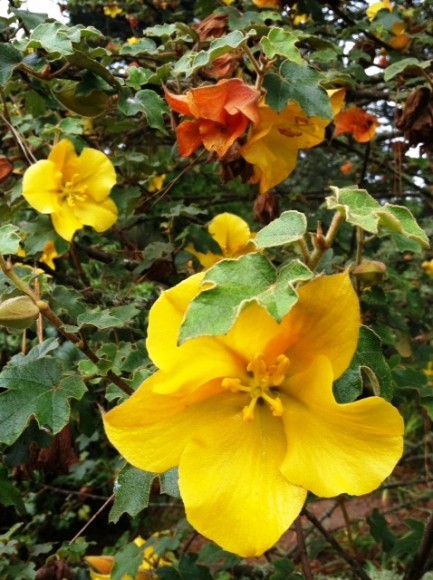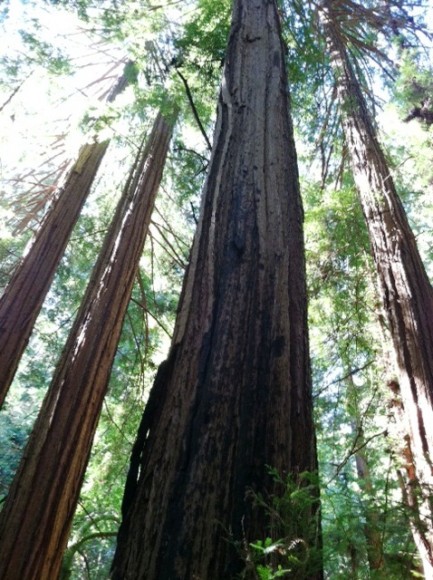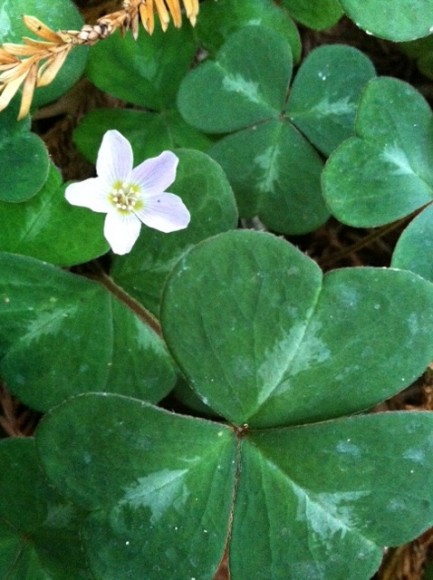When I met Larry Marchetti at a model train show in 2002, I had no idea he was connected to the famous Como Inn restaurant, or that it would be the beginning of a 12-year friendship, full of fun and hard work together.
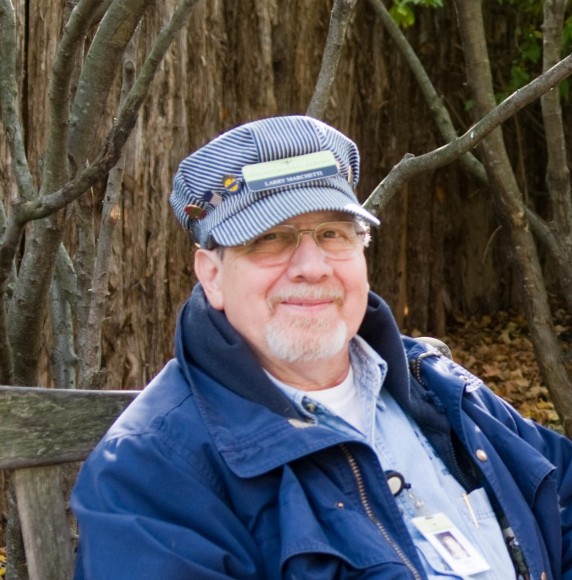
I was displaying my N-gauge layout at a show put on each year by the Fox Valley Division of the National Model Railroad Association. Larry stopped to look and we got to “talking trains.” I had been operating the Model Railroad at the Chicago Botanic Garden for two years, and we were expanding and looking for people to help us. Larry mentioned that he had a G-scale layout in his basement and, as they say, one thing led to another. I thought to myself that this was a fella who knew trains, was at ease talking to people, and someone I could get along with.
Larry soon joined us as an engineer and I realized I was very lucky in finding him. He turned out to be quite handy with tools and machines and, as he already had a lot of the same type of rolling stock that we had, was expert with repairs. It wasn’t too long before he became our first chief operating engineer.
We clicked and it worked very well. We eventually came to a point where we could kind of anticipate what the other guy was thinking of doing next. We had some squabbles and some hearty disagreements but they never got in the way of our respect for each other or the ends to which we were working. Some people forget, that is what a good friendship is.
Larry teased and cajoled with everyone in the Model Railroad Garden, always creating laughter and having fun. He was seven years my junior and he never let me forget that I was “the old man.” Another one of his favorite names for me was “shorty.” The “old man” one I comprehended but, “shorty,” I’m still working on. Larry was an infectious personality. He grew on you. He helped create our motto, “If you are not having fun in the Model Railroad Garden, you don’t belong there.” But when you are playing with trains what isn’t fun?
During our time together we would talk about our childhoods, our “war stories,” and our families. It was then that I found out that Larry grew up in Lemont, Illinois, on his family’s farm with a lot of animals and farm work. We realized that we had that in common, as I grew up in a similar way. I also learned that the Como Inn was the family business for many years. No wonder he had the gift of gab and found it easy to talk with our Garden visitors. He was a natural, and our visitors enjoyed his explanations of what the different cars and engines were used for and how railroads really worked. He would make the railroad an educational experience.
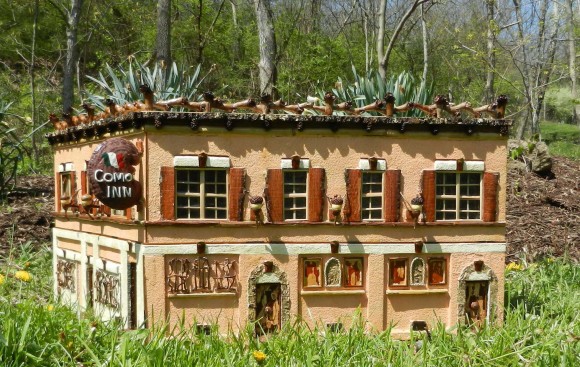
During the 12 years he worked here, Larry put his heart and soul into making the Model Railroad Garden better with everything he did. Every time he came up with an idea, we would kick it around and invariably it would turn out to be something really cool. There were so many that I can’t remember them all. Let’s put it this way, if it weren’t for many of his ideas the railroad wouldn’t be as great as it is today.
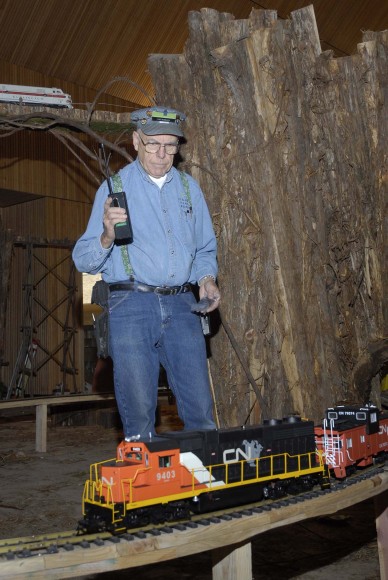
Larry, of course, was also heavily involved in Wonderland Express when it arrived on the scene and had a tremendous amount of input regarding the logistics of its construction and operation. He did it with the same intensity he put into the Model Railroad Garden. He was a great detail man and during the construction of Wonderland Express we all would give him a hard time about being picky and he would give it right back to us, all in good fun. That could have been another motto of the railroad. ”If you can’t take some fun poked at you, you might not want to hang around with these ‘Railroad Rowdies’.” Once in a while, when Larry and I talked to friends, we would joke about spending more time together at work than we did with our wives at home. It wasn’t too far from being true.
Now you know why the Como Inn was chosen to be displayed in Wonderland Express in Larry’s fond memory and to commemorate his life with us. Applied Imagination has done an outstanding job of replicating it in great detail, for which we thank them.
Thinking of you, Larry,
Dave Rodelius

